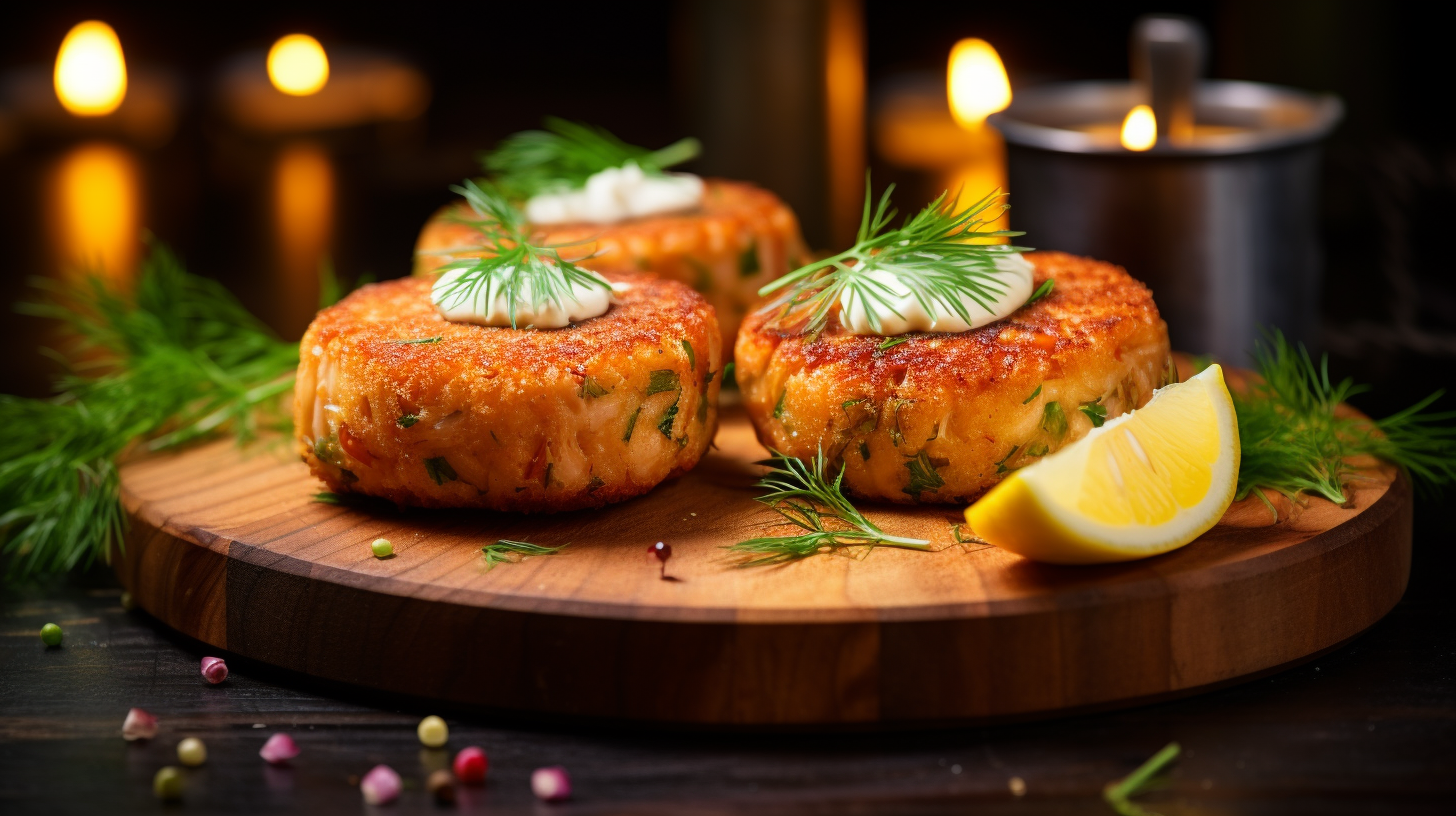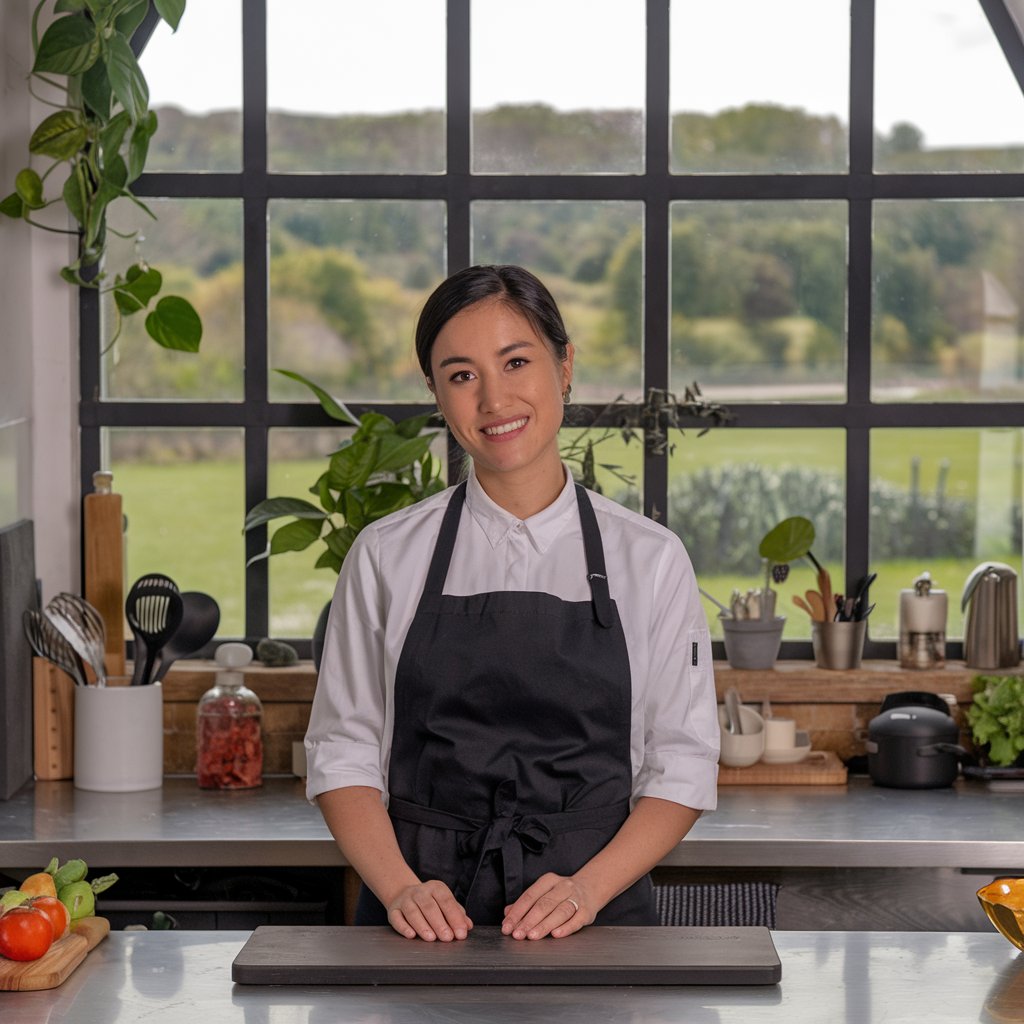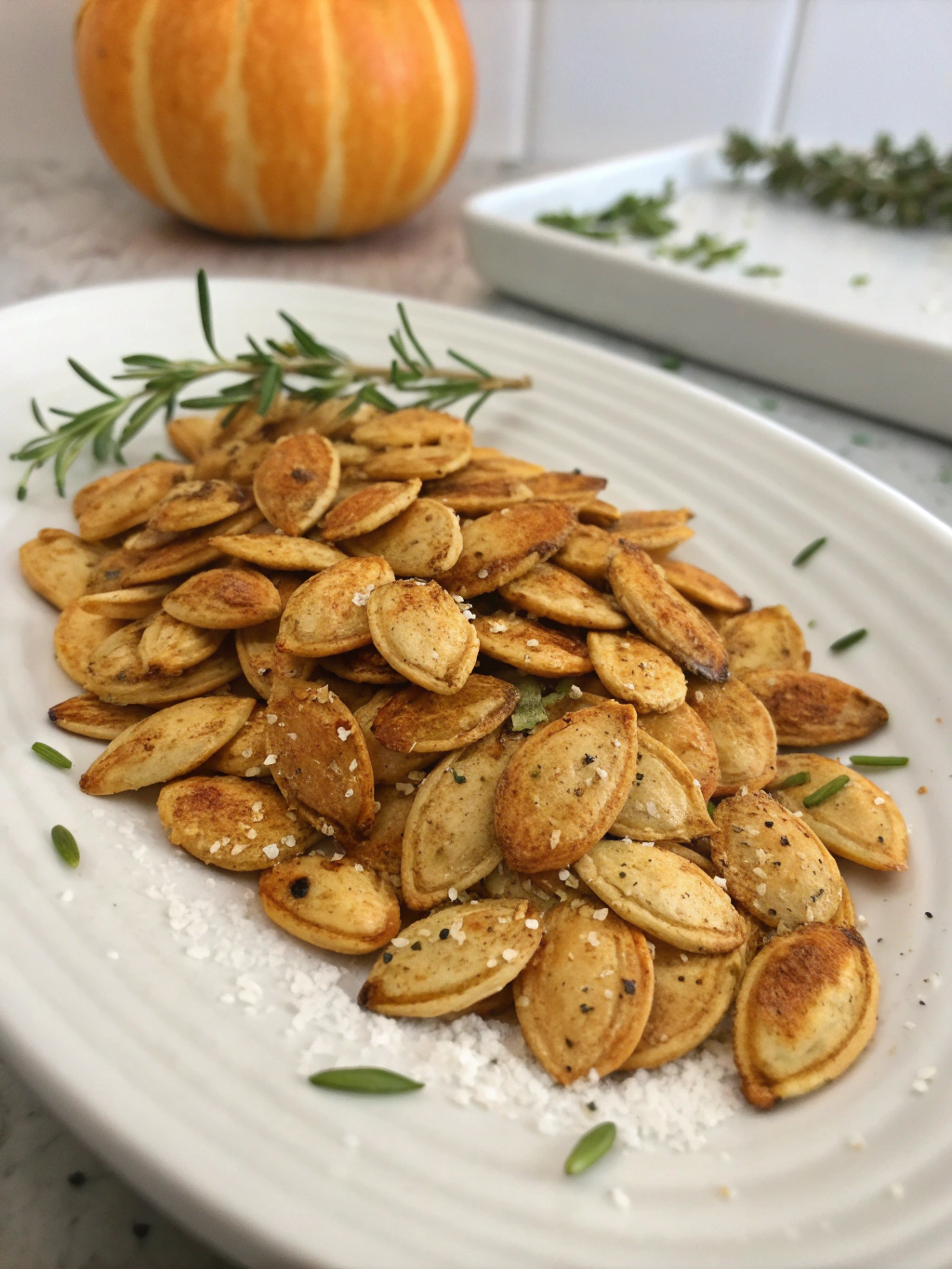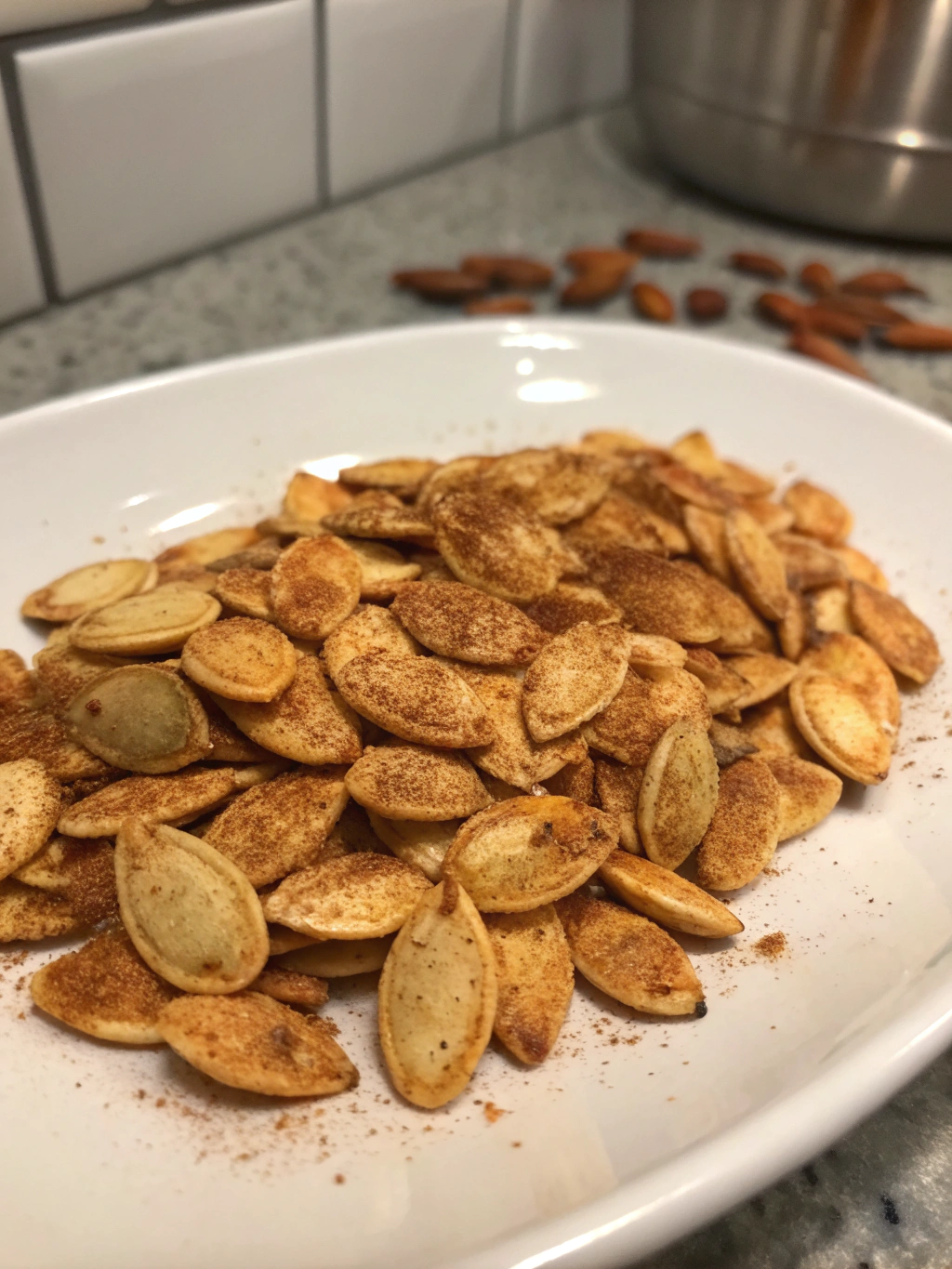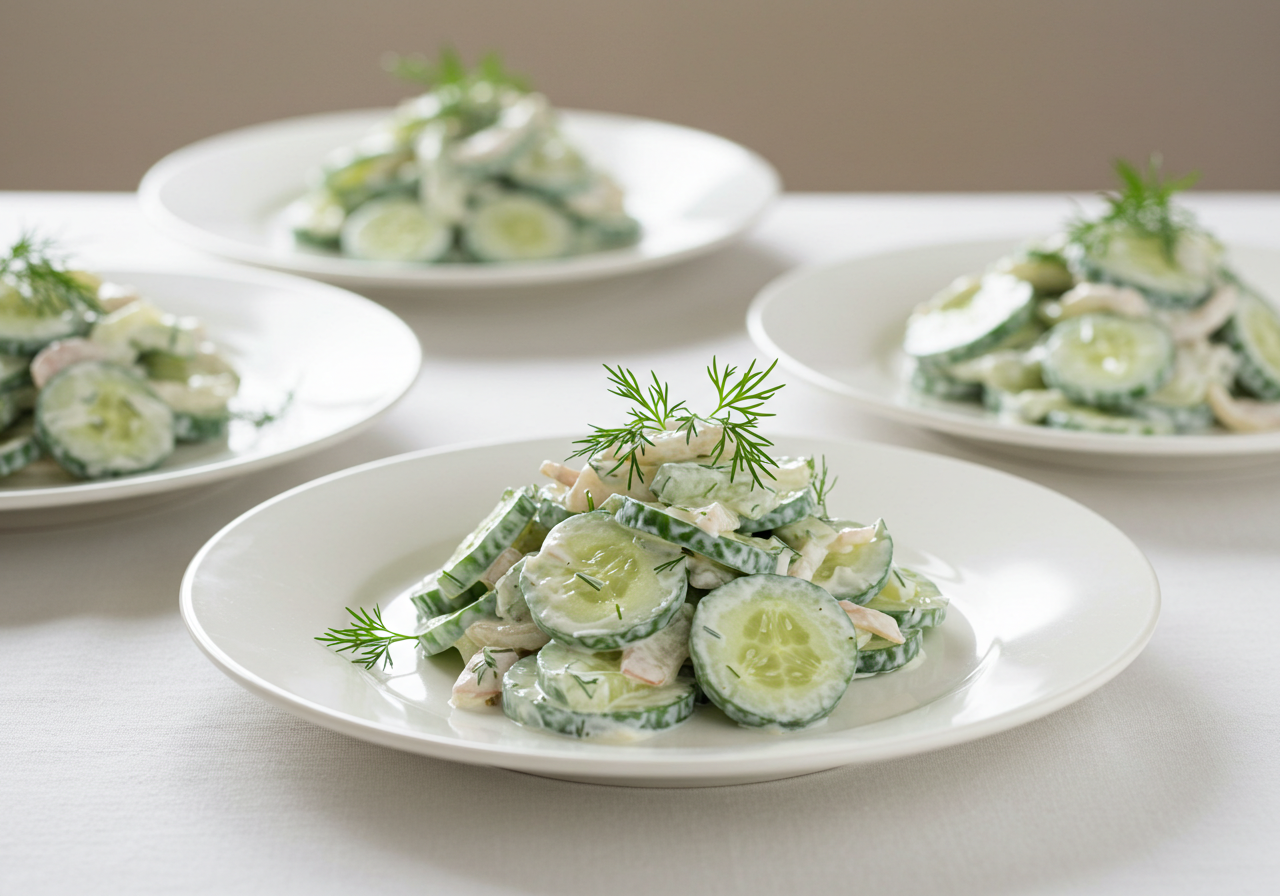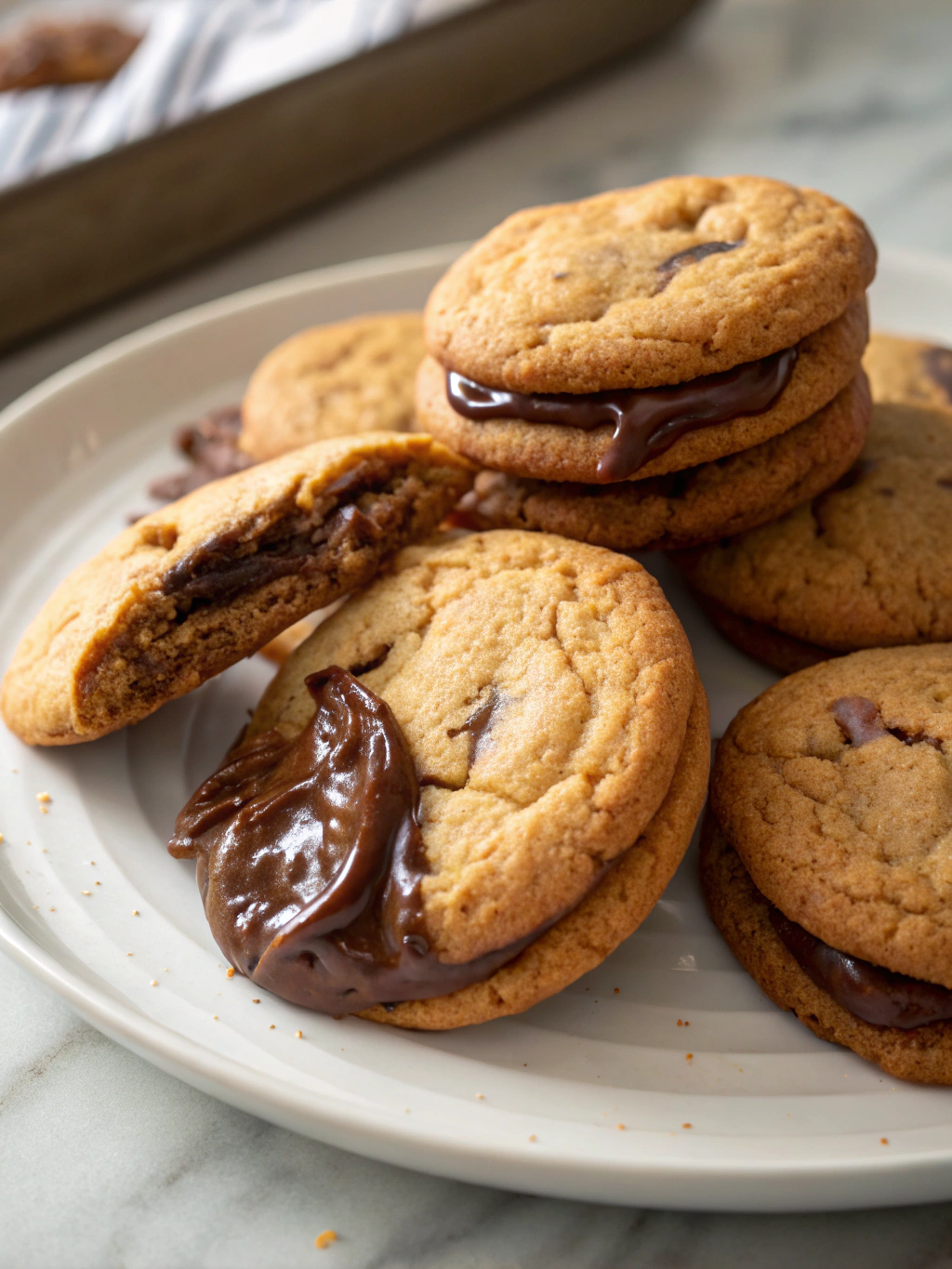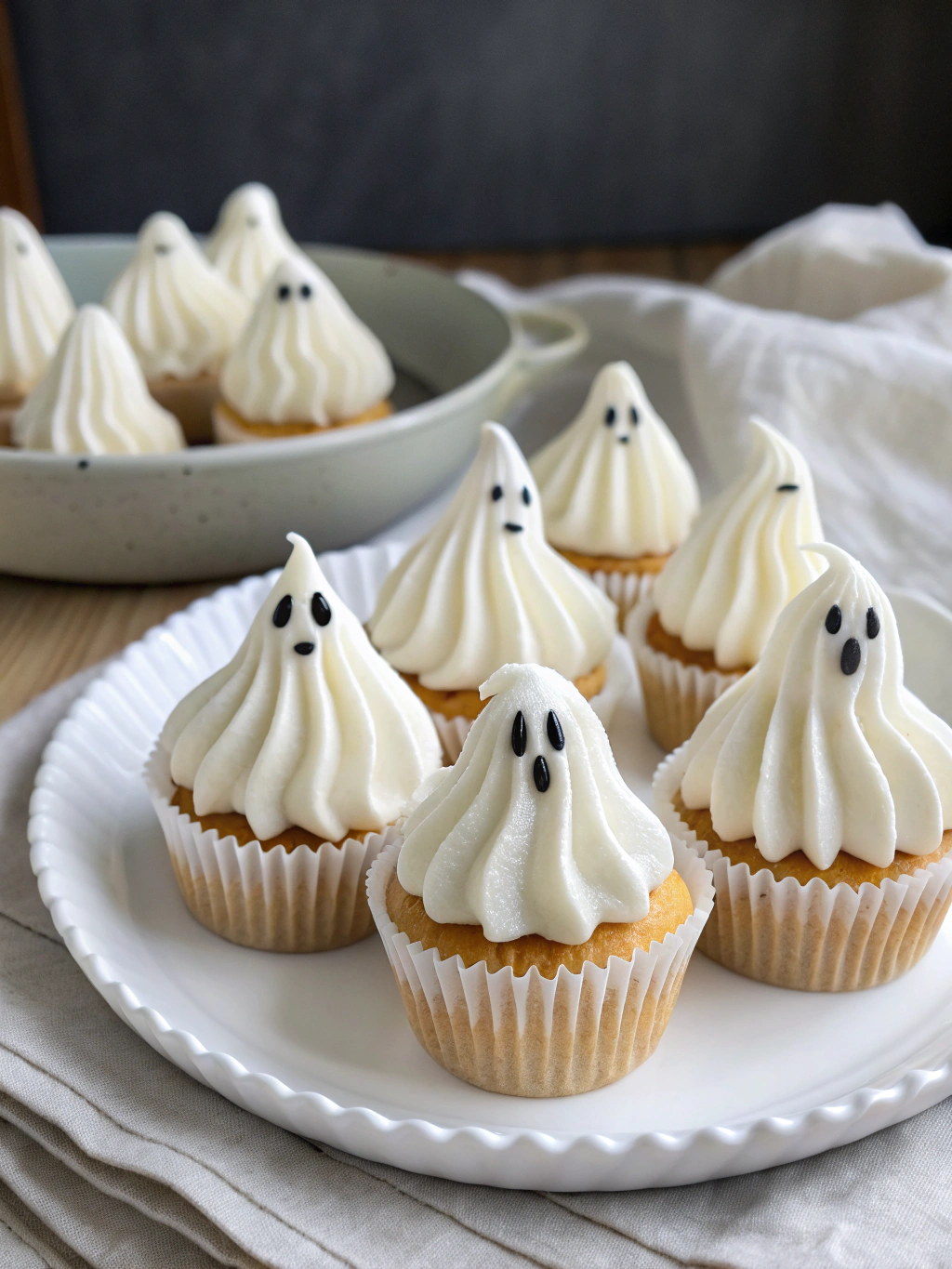Alaskan pink salmon cake is a simple yet flavorful dish that highlights the fresh, mild taste of wild-caught salmon. These crispy, golden-brown cakes are packed with protein, Omega-3 fatty acids, and essential nutrients, making them a nutritious and satisfying meal.
This recipe is easy to prepare and budget-friendly, using either canned or fresh Alaskan pink salmon along with common pantry staples. Whether served as a main course, a light lunch, or an appetizer, these salmon cakes are a versatile and delicious option.
Why You’ll Love This Recipe
- Quick and Easy: Ready in under 30 minutes with minimal prep.
- Nutritious: A great source of lean protein, healthy fats, and essential vitamins.
- Crispy and Flavorful: A perfect combination of texture and taste, enhanced with fresh herbs and citrus.
- Versatile: Can be served on their own, in a sandwich, or over a salad.
Health Benefits of Pink Salmon
Alaskan Pink Salmon Cake offers several health benefits, including:
- Rich in Omega-3 Fatty Acids: Supports heart health and reduces inflammation.
- High-Quality Protein: Helps with muscle growth and maintenance.
- Excellent Source of Vitamins D and B12: Essential for energy production and immune function.
- Low in Calories and Saturated Fat: A lean, nutritious choice for a balanced diet.
Now, let’s go over the ingredients and steps to make these delicious Alaskan pink salmon cakes.
Ingredients & Substitutions
Main Ingredients
- Alaskan Pink Salmon (canned or fresh) – Provides the base for the cakes, offering a mild and slightly sweet flavor.
- Egg – Acts as a binder to hold the cakes together.
- Breadcrumbs (or Panko) – Adds texture and helps with binding; Panko creates a crispier exterior.
- Mayonnaise – Adds moisture and a slight tang to enhance flavor.
- Dijon Mustard – Gives a subtle kick and depth of flavor.
- Lemon Juice – Brightens the taste and complements the salmon.
- Garlic (minced) – Adds a mild savory element.
- Onion (finely chopped) – Provides a hint of sweetness and texture.
- Fresh Parsley or Dill – Enhances the flavor with fresh, herby notes.
- Salt and Black Pepper – Seasoning to taste.
- Olive Oil or Butter – Used for pan-frying to achieve a golden crust.
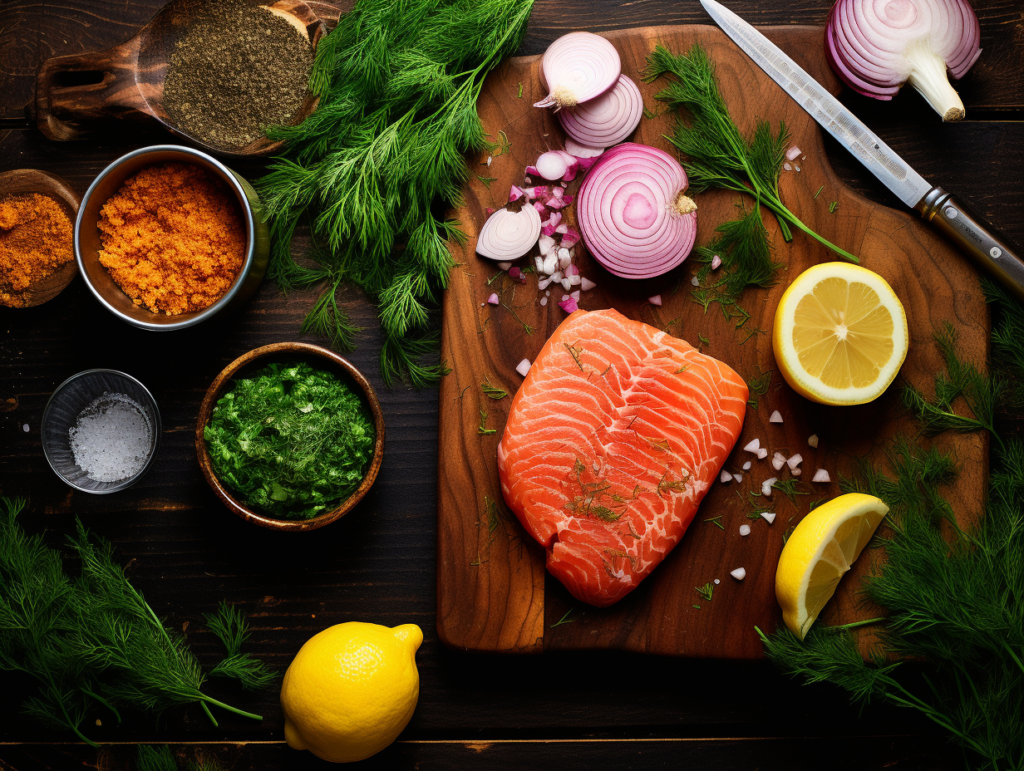
Optional Ingredient Variations
- Gluten-Free Option: Substitute regular breadcrumbs with gluten-free breadcrumbs or almond flour.
- Dairy-Free Alternative: Use dairy-free mayonnaise or Greek yogurt for added creaminess.
- Spicy Kick: Add a pinch of cayenne pepper or a dash of hot sauce.
- Low-Carb Version: Replace breadcrumbs with crushed pork rinds or coconut flour.
- Extra Flavor Boost: Incorporate capers, green onions, or smoked paprika for more depth.
Equipment Needed
Essential Kitchen Tools
- Mixing Bowl – For combining the ingredients.
- Fork or Potato Masher – To break apart the salmon and mix the ingredients evenly.
- Measuring Cups and Spoons – For accurate ingredient portions.
- Sharp Knife and Cutting Board – To finely chop onions, garlic, and herbs.
- Non-Stick Skillet or Cast Iron Pan – For frying the salmon cakes to a golden brown.
- Spatula – To carefully flip the cakes without breaking them.
Alternative Tools
- Food Processor – Can be used to quickly mix ingredients for a smoother texture.
- Oven or Air Fryer – If pan-frying isn’t preferred, bake at 375°F (190°C) for 15–20 minutes or air fry at 375°F for 10–12 minutes.
- Cookie Scoop or Measuring Cup – Helps portion out evenly sized cakes.
Having the right tools makes preparation easier, but simple substitutions can be made based on what you have available.
Step-by-Step Instructions
Step 1: Prepare the Salmon
If using canned pink salmon, drain it thoroughly to remove excess liquid. Use a fork to flake the salmon into small pieces in a mixing bowl. Most canned salmon comes with soft, edible bones and skin, which are rich in calcium, but if preferred, they can be removed by gently picking them out.
For fresh salmon, cook it by baking, steaming, or pan-searing, then let it cool before flaking it into small pieces. Ensure there are no bones or skin left before proceeding.
Step 2: Mix the Ingredients
In a large bowl, combine the flaked salmon with the binders and seasonings:
- Add egg (or an egg substitute) to help hold the cakes together.
- Stir in breadcrumbs (or a substitute like almond flour for a low-carb option).
- Mix in mayonnaise, Dijon mustard, lemon juice, garlic, onion, and herbs for flavor.
- Season with salt and black pepper to taste.
Substitutes for Eggs and Breadcrumbs
- Egg Substitute: Use 1 tablespoon of ground flaxseed mixed with 3 tablespoons of water, or ¼ cup mashed avocado.
- Breadcrumb Alternative: Use crushed crackers, panko, almond flour, or coconut flour for different textures and dietary needs.
Stir everything together until well combined but not overly mashed to maintain some texture.
Step 3: Shape the Patties
Using your hands, form the mixture into evenly sized patties, about ½ inch thick and 3 inches in diameter. This ensures even cooking. If the mixture is too wet, add a little more breadcrumbs. If it’s too dry, add a small amount of mayonnaise or an extra egg.
Tips to Prevent the Cakes from Falling Apart
- Chill the patties in the refrigerator for 15–30 minutes before cooking. This helps them hold their shape.
- Handle gently when flipping, using a spatula to support the full patty.
- Don’t overwork the mixture—a light touch helps keep them from becoming too dense.
Step 4: Cook the Salmon Cakes
Pan-Frying (Best for Crispy Texture)
- Heat 1–2 tablespoons of olive oil or butter in a skillet over medium heat.
- Cook the patties for 3–4 minutes per side until golden brown and crispy.
- Transfer to a plate lined with paper towels to absorb excess oil.
Baking (Healthier Option)
- Preheat oven to 375°F (190°C) and line a baking sheet with parchment paper.
- Lightly brush the cakes with olive oil.
- Bake for 15–20 minutes, flipping halfway through, until lightly golden.
Air-Frying (Crispy with Less Oil)
- Preheat air fryer to 375°F (190°C).
- Lightly spray patties with cooking oil.
- Air fry for 10–12 minutes, flipping halfway through, until crispy and golden.
Step 5: Serve and Enjoy
Best Side Dishes
- Salads: A fresh green salad with a lemon vinaigrette or coleslaw.
- Vegetables: Roasted asparagus, sautéed spinach, or steamed broccoli.
- Grains: Rice, quinoa, or a warm potato salad.
Dipping Sauces
- Lemon-Dill Yogurt Sauce – A mix of Greek yogurt, lemon juice, and fresh dill.
- Garlic Aioli – Mayonnaise, minced garlic, and a squeeze of lemon.
- Tartar Sauce – A classic pairing made from mayonnaise, pickles, and capers.
Presentation Tips
For a restaurant-style look, serve the salmon cakes on a plate with a drizzle of sauce, a lemon wedge, and a sprinkle of fresh herbs. Pair with a side of crisp greens for a well-balanced meal.
Tips for the Best Salmon Cakes
Common Mistakes to Avoid
- Not Draining the Salmon Properly – Excess liquid can make the mixture too wet and cause the cakes to fall apart. Always drain canned salmon thoroughly before mixing.
- Overmixing the Ingredients – Mixing too much can break down the salmon too finely, resulting in dense cakes. Gently fold the ingredients together to maintain some texture.
- Skipping the Chilling Step – Refrigerating the patties for 15–30 minutes before cooking helps them hold their shape and prevents them from breaking apart.
- Cooking at the Wrong Temperature – Cooking over high heat can burn the outside while leaving the inside undercooked. Medium heat is best for even browning and a crispy crust.
- Flipping Too Soon – Let the cakes cook for at least 3–4 minutes on one side before flipping to prevent crumbling. Use a spatula to gently turn them.
Enhancing Flavor with Additional Ingredients
- Fresh Herbs: Dill, parsley, chives, or cilantro add brightness and depth.
- Spices: Smoked paprika, Old Bay seasoning, cayenne pepper, or garlic powder for a bolder taste.
- Cheese: A small amount of shredded Parmesan or feta can add a savory element.
- Citrus Zest: Lemon or lime zest enhances freshness and complements the salmon.
- Crunchy Additions: Finely chopped celery, bell peppers, or green onions for extra texture.
- Briny Ingredients: Capers, olives, or pickles can provide a tangy contrast to the richness of the salmon.
By following these tips, you can achieve perfectly crispy, flavorful salmon cakes every time.
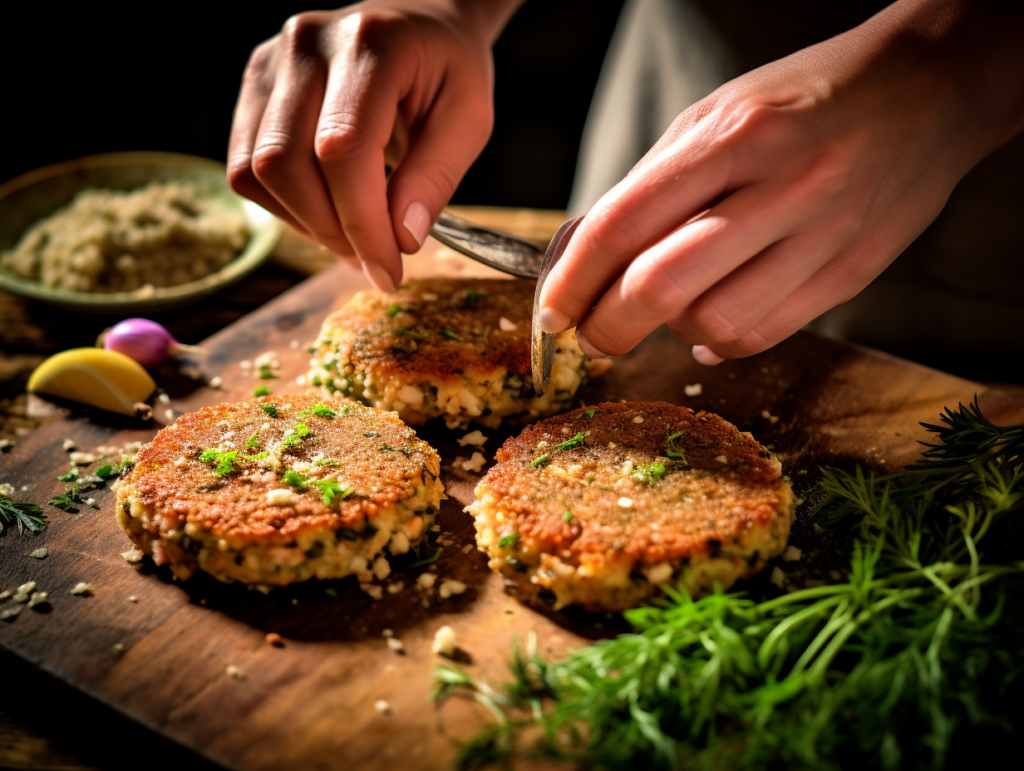
Storage and Reheating Instructions
How to Store Leftovers Properly
- Refrigeration: Allow the salmon cakes to cool completely before placing them in an airtight container. Store in the refrigerator for up to 3 days.
- Freezing: To freeze, arrange the cooked salmon cakes in a single layer on a baking sheet and freeze for 1–2 hours until firm. Then, transfer them to a freezer-safe container or bag, separating layers with parchment paper. They can be stored for up to 3 months.
- Uncooked Patties: If you want to prepare them in advance, shape the patties and freeze them before cooking. Thaw in the refrigerator before cooking for best results.
Best Methods for Reheating Without Losing Texture
- Oven (Best for Maintaining Crispiness)
- Preheat oven to 375°F (190°C).
- Place salmon cakes on a baking sheet lined with parchment paper.
- Heat for 10–12 minutes, flipping halfway through.
- Air Fryer (Quickest Method)
- Preheat air fryer to 350°F (175°C).
- Reheat for 5–7 minutes, flipping halfway through.
- Stovetop (Great for a Freshly Cooked Feel)
- Heat a small amount of oil in a skillet over medium heat.
- Cook each side for 2–3 minutes until warmed through and crispy.
- Microwave (Fastest but Least Crispy Option)
- Place salmon cakes on a microwave-safe plate.
- Cover with a damp paper towel to retain moisture.
- Heat in 30-second intervals until warm.
For best results, avoid microwaving if possible, as it can make the salmon cakes soggy. The oven, stovetop, or air fryer methods will help maintain their crisp texture.
Health Benefits of Pink Salmon
Nutritional Value and Omega-3 Benefits
Pink salmon is a highly nutritious seafood choice, packed with essential vitamins, minerals, and healthy fats. A 3.5-ounce (100g) serving of pink salmon provides:
- High-Quality Protein: Around 20 grams per serving, supporting muscle growth and repair.
- Omega-3 Fatty Acids: Approximately 500–1,000 mg, which promote heart health, reduce inflammation, and support brain function.
- Vitamin B12: Helps with energy production and supports nervous system health.
- Vitamin D: Essential for bone health and immune function.
- Selenium & Potassium: Important for thyroid function, metabolism, and maintaining healthy blood pressure.
Regular consumption of Alaskan Pink Salmon Cake can help lower the risk of heart disease, improve cognitive function, and support overall well-being.
Why Pink Salmon Is a Great Protein Choice
- Lean and Low in Calories: Compared to other protein sources, pink salmon is naturally low in fat and calories while still being satisfying.
- Sustainable and Wild-Caught: Most Alaskan pink salmon is wild-caught, making it a more environmentally friendly and sustainable seafood option.
- Easily Digestible: Unlike red meats, salmon is easier on digestion and contains anti-inflammatory properties.
- Versatile and Affordable: Pink salmon is more budget-friendly than other salmon varieties while still offering excellent nutrition.
With its impressive nutritional profile and numerous health benefits, pink salmon is a fantastic protein choice for a balanced and healthy diet.

Frequently Asked Questions (FAQs)
Can I use fresh salmon instead of canned for Alaskan Pink Salmon Cake?
Yes, fresh salmon can be used instead of canned. Simply cook the salmon by baking, steaming, or pan-searing it until fully cooked. Let it cool, then flake it into small pieces before mixing with the other ingredients. If using fresh salmon, you may need to add a bit more binder (such as an extra egg or breadcrumbs) to help hold the cakes together since canned salmon typically contains more moisture.
What’s the best binder for Alaskan Pink Salmon Cake to keep it from falling apart?
The best binders for salmon cakes are eggs and breadcrumbs, which help hold the mixture together. If the cakes are too crumbly, try adding an extra egg or a little more breadcrumbs. If you need an egg-free alternative, ground flaxseed mixed with water (1 tablespoon flaxseed + 3 tablespoons water) or mashed avocado can work as substitutes.
How do I make Alaskan Pink Salmon Cake gluten-free?
To make the salmon cakes gluten-free, replace regular breadcrumbs with:
- Gluten-free breadcrumbs or Panko
- Crushed gluten-free crackers
- Almond flour or coconut flour (for a low-carb option)
- Ground oats (for a natural alternative)
Make sure all other ingredients, including seasonings and condiments, are labeled gluten-free.
Can I freeze uncooked Alaskan Pink Salmon Cake for later use?
Yes, uncooked salmon cakes can be frozen for convenience. To do this:
- Shape the salmon mixture into patties and place them on a parchment-lined baking sheet.
- Freeze for 1–2 hours until firm.
- Transfer the frozen patties to an airtight container or freezer bag, separating layers with parchment paper.
- Store in the freezer for up to 3 months.
When ready to cook, thaw in the refrigerator overnight and then follow the cooking instructions.
What’s the best oil for frying Alaskan Pink Salmon to get a crispy texture?
The best oils for frying salmon cakes are those with a high smoke point and neutral flavor, such as:
- Olive oil – Adds a mild flavor and works well at medium heat.
- Avocado oil – A great option for high-heat cooking and a crispier texture.
- Canola or vegetable oil – Neutral-tasting and good for frying at moderate heat.
- Ghee (clarified butter) – Provides a rich, buttery flavor and helps achieve a golden-brown crust.
For best results, use medium heat and avoid overcrowding the pan to allow the salmon cakes to crisp evenly.
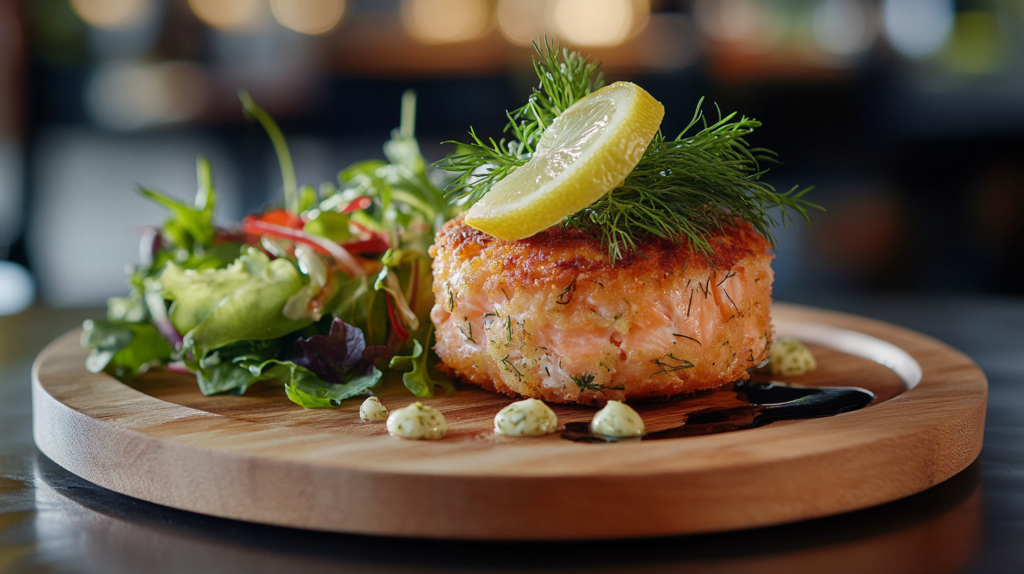
For those who love seafood-based recipes, you might also enjoy trying these Maryland-style crab cakes, which offer a classic East Coast twist on seafood patties. If you’re looking for another hearty dish, consider the crab and shrimp seafood bisque, a rich and comforting option perfect for pairing with crispy salmon cakes. For a lighter, Mediterranean-inspired meal, check out this Mediterranean salmon recipe that highlights fresh, vibrant flavors. These dishes complement the flavors and textures of Alaskan pink salmon cakes while adding variety to your seafood meal planning.

